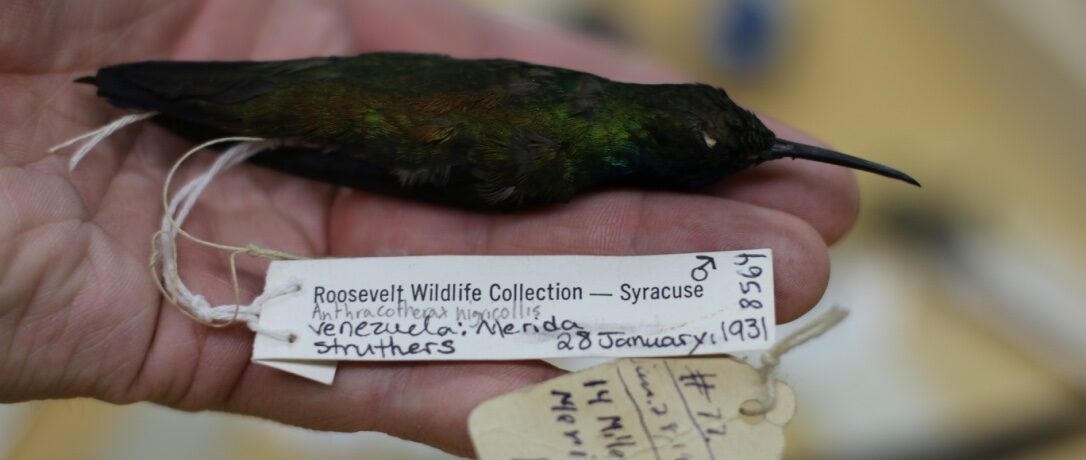An international group of researchers have extracted DNA from two birds collected by Charles Darwin during his voyage on the HMS Beagle in the hopes of reintroducing the now extinct sub-population to the Galapagos Islands. A study published by the Royal Society journal Biology Letters documents the scientists’ efforts to determine genetic differences among three sub-populations of the Galapagos mockingbird (Mimus trifasciatus). With this information, the Charles Darwin Foundation, a research-based conservation organization operating in the Galapagos Islands, hopes to reintroduce the Floreana sub-population of mockingbirds using birds from nearby islands. The Floreana mockingbird went extinct 50 years after Darwin’s voyage, largely due to human impacts, however two sub-populations of the species still exist on other islands in the Galapagos.
The study highlights the modern day value of natural history collections, as the bird specimens used are part of the collection of the Natural History Museum of London. “Though Darwin knew nothing of DNA, the specimens he and [captain Robert] Fitzroy collected have, after 170 years of safe-keeping in collections, yielded genetic clues to suggest a path for conservation of this critically endangered and historically important species,” said Dr. Karen James, an author of the study. To read the article, please visit Biology Letters.

